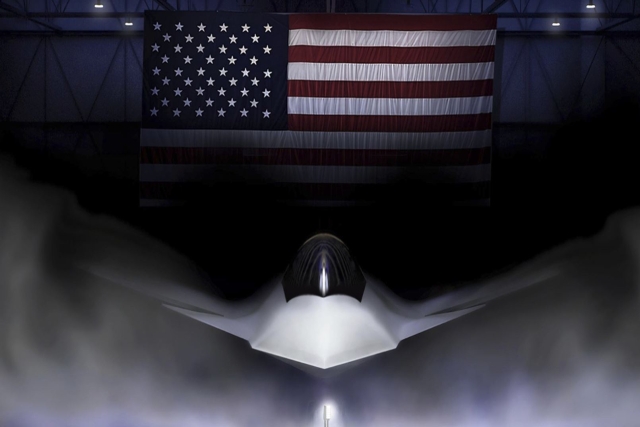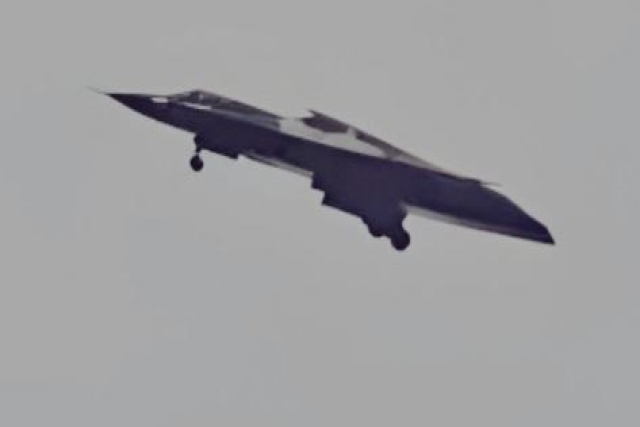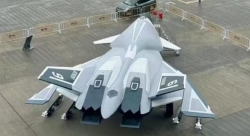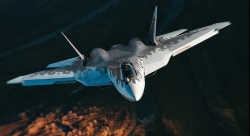Clearest Video Yet of Chinese ‘Sixth Generation’ Fighter Gives Credence to Project's Existence
Latest footage shows J-36 during its third flight, revealing triple-engine design and stealth features
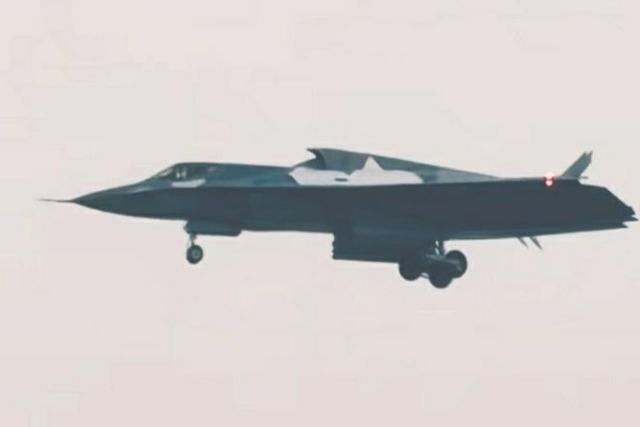
A new video of China's sixth-generation fighter jet, the Chengdu J-36, has surfaced online, providing the clearest view yet of the aircraft and reinforcing its existence.
The footage, which shows the jet in flight and landing at Chengdu Aircraft Corporation (CAC), follows the fighter’s third test flight on March 25, 2025. Satellite images from late 2024 reveal new aircraft shelters at CAC’s test facility that is capable of housing the massive, triangular-shaped aircraft.
The J-36, first spotted in December 2024, has been undergoing rapid testing, with flights recorded on December 26, March 17, and now March 25. The latest footage reveals a distinctive triple-engine setup and three air intakes—two under the wings and one behind the cockpit. This design could enhance thrust, speed, maneuverability, redundancy, and payload capacity while optimizing airflow for high-altitude and high-speed operations. The aircraft's serial number appears to be 36011.
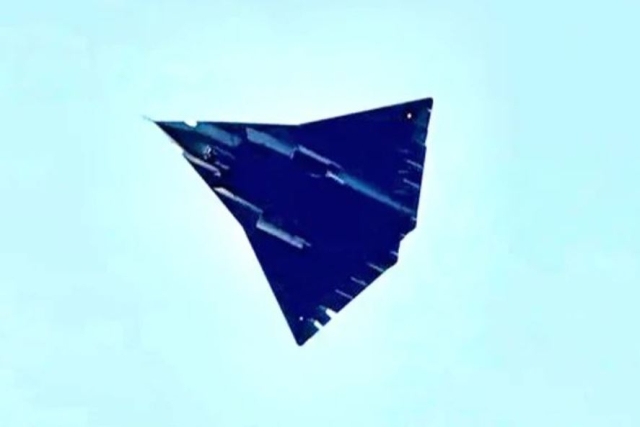
Beijing could be testing multiple demonstrator aircraft to develop its next-generation fighter jet. Wang Ya’nan, chief editor of Aerospace Knowledge magazine, believes these so-called sixth-generation jets are test platforms for future combat aircraft. He noted that China appears to be assessing multiple demonstrators to refine its fighter concept.
“From a development point of view, China appears to be determined to make explorations on next-generation aviation equipment,” Wang said.
Sixth-generation fighter jets will feature stealth, manned-unmanned teaming (MUM-T), artificial intelligence (AI), and advanced weaponry for greater survivability. Adaptive coatings and electronic warfare will enhance stealth, while MUM-T will enable drone control for reconnaissance and strikes. AI will aid decision-making and reduce pilot workload. Directed energy weapons, hypersonic capabilities, and adaptive engines will improve combat effectiveness. Cyber warfare and electronic attack systems will disrupt enemy communications.
Ongoing research suggests China is focusing on stealth, AI, and MUM-T, in line with global air combat trends.
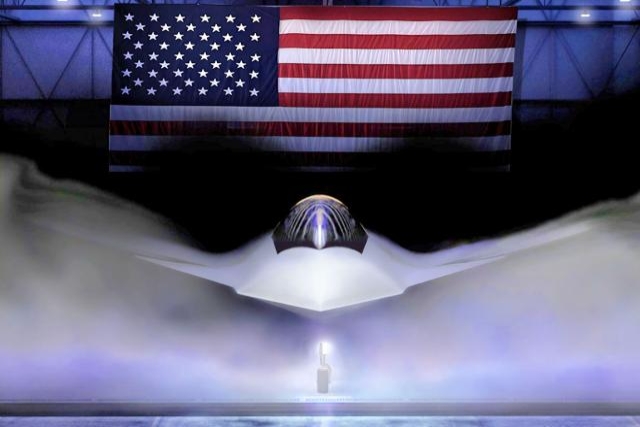
While China has not officially acknowledged the J-36 program, hints have surfaced in past events. A 2022 model displayed at Airshow China featured a tailless stealth design resembling the jet seen in recent footage. Additionally, a January 1, 2025, military video included symbolic imagery of a “ginkgo leaf” and a bird, which netizens linked to China’s next-generation fighters.
America's Next Generation Air Dominance Jet: F-47
The J-36’s emergence comes as the U.S. advances its Next Generation Air Dominance (NGAD) program. On March 21, U.S. President Donald Trump and Defense Secretary Pete Hegseth announced that Boeing had secured a contract to develop the F-47, a sixth-generation stealth fighter. This aircraft is set to replace the F-22 Raptor and introduce enhanced capabilities, including manned-unmanned teaming.
Chinese analysts have critiqued the F-47’s design, particularly its canard wings, which they argue could compromise stealth. While the U.S. Air Force’s official image shows canard-like structures, some analysts speculate they could be part of a misleading design meant to obscure the jet’s true capabilities.
Whether China's J-36 will rival the U.S. NGAD remains uncertain, but its repeated appearances suggest it is more than a concept.
